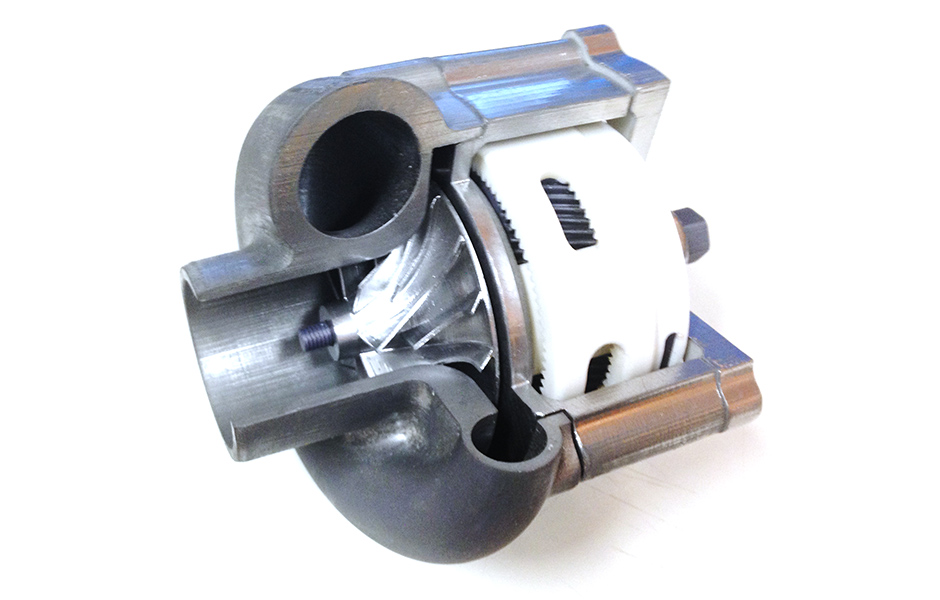Published on May 28, 2021 by Amelia H.
E-scooters have been a controversial topic since their introduction in larger cities. Opinions are divided, especially when it comes to sustainability . Indeed, e-scooters can be environmentally friendly – especially if they replace car journeys or other forms of public transport. A study by the Federal Environment Agency shows, however, that electric scooters are mostly used as a replacement for bicycles or for walking, which in turn worsens the environmental balance. For all those who are not big fans of e-scooters – be it because of the ongoing controversy, the metropolitan system or other inconveniences – there is now a reason to reconsider their attitude: the first 3D-printed e-scooter.
Yesterday, Scotsman, a scooter brand from Silicon Valley, unveiled the world’s first 3D-printed electric scooter made entirely from thermoplastic carbon fiber composites . In fact, the unibody construction is produced in just a single 3D printing process, eliminating the need for glued parts or joints, which in turn leads to greater stability. To be precise, the new e-scooter actually comes in three different models: the Scotsman 500, the Scotsman 1000 and the Scotsman 2000. These differ in terms of top speed, power output and price, but they are the same special properties that set them apart from normal high-end scooters.
Properties of the 3D printed e-scooters
One of the biggest differences to conventional e-scooters is of course the production. Scotsman’s standing scooters are made of 3D printed thermoplastic materials, which gives them a perfect mix of durability and agility: They are 61 times stronger than steel and at the same time very light. This makes them perfect for commuters who need a robust and shock-resistant means of transport in road traffic that should be easy to transport or carry. Josh Morenstein, designer, award winner and driving creative force behind Scotsman confirms this: “With the Scotsman, we wanted to address commuters in cities as well as electromobility enthusiasts and provide them with the e-scooter as a high-performance alternative in commuter traffic and everyday life. Thanks to 3D printing from continuous carbon fiber composite material, we are able to implement designs that would not have been possible with other materials and manufacturing techniques. “
The advanced 3D printing process also opens up new possibilities for customization. So not only the frame, but also the handle and the deck can be adapted to the size, weight and arm or leg length. This is particularly advantageous for short and tall people, because the Scotsman e-scooters can be made for people who are between 137 cm to 229 cm tall. Furthermore, the electric scooter can also be personalized in terms of color and accessories.
In addition, the 3D printed e-scooter is also equipped with other impressive functions. On the one hand, every owner of a Scotsman is able to install the complementary app, which has a built-in GPS, an automatic key, information about road traffic and more. On the other hand, the 3D printed e-scooters have a unique power system architecture with two separate battery compartments. The batteries, also known as PowerPacks, can be removed quickly and easily and can even be used as a power bank for charging other electrical devices such as computers. Scotsman offers two different versions: the Scotsman PowerPack with 500 Wh of energy and the Performance PowerPack with 550 Wh, which is included in the delivery of the Scotsman 200 model. You can also choose between three different modes: Eco, Sport and Performance.







